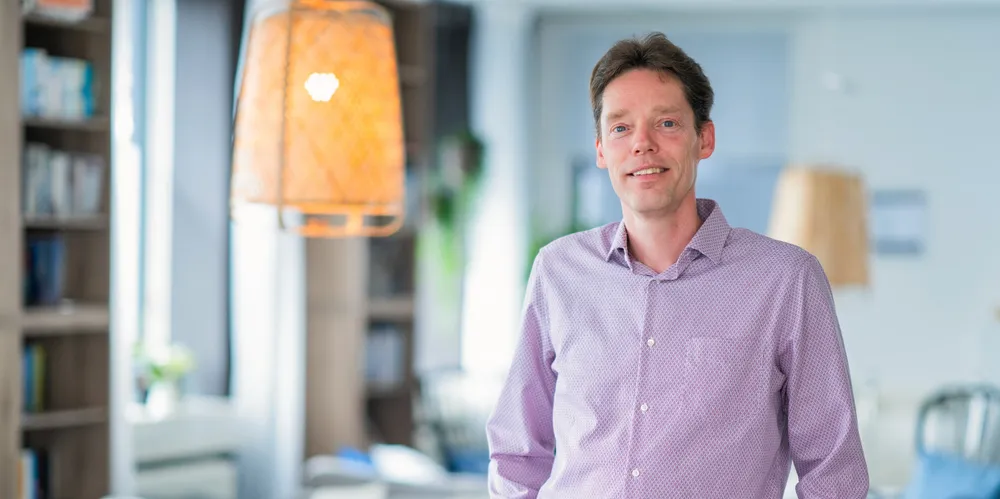Ikea looks at Asia – but not America – as furniture giant assembles offshore wind empire
Ingka Investments' head of renewable energy investments Frederik de Jong tells Recharge the company not looking at US market for wind at sea and abstained from recent German mega-tender

Ikea plans to expand its offshore wind activities to Asia and further European countries but is steering clear of markets that include negative bidding in their allocation systems and is “not looking at North America at this point”, the head of renewable energy at the Swedish furniture giant’s owner's investment arm said.
More projects could be added by the consortium.
“We're discussing with OX2 an even broader extension of our partnership,” de Jong said, adding that his company is not only interested in investing in electricity for the grid but also in green hydrogen.
“We are interested in further developments with OX2 in the Baltic Sea.”
“In these next five years, the cards are being dealt on many offshore projects that target 2030 and a little bit beyond. So, we want to be in the game,” de Jong said.
“We believe offshore wind is necessary and good for the electricity mix in many countries. So, we're looking at multiple partnerships in offshore.”
But while he added that those multiple partnerships would be “in Europe and Asia,” de Jong also revealed: “We’re not looking at North America at this point.”
The Ingka Investments executive didn’t elaborate on why the company is staying away from the large US offshore wind market.
But his comments come at a time when very tight profit margins, pricey seabed leases, plus legal hurdles such as the Jones Act – that forbids foreign-flagged vessels from calling in at consecutive US ports or points on the outer continental shelf, including offshore wind turbine sites – all add up to what could become a crisis in that market.
Ingka Investments' shunning of the North American market can be seen as another sign that large renewables investors increasingly regard the US market for wind at sea as unattractive or too risky.
Negative bidding a turn-off
Despite its rapid expansion in green energy, the Ikea owner is certainly very cautious about which projects to pick.
“Bidding on negative subsidy, meaning you have to pay a substantial amount to be able to construct, is just driving up the electricity price. That's the type of structure we're less interested in,” de Jong said.
“This was not our game, because the big upfront payment actually increases the energy price, and the electricity price, and that just makes the country that works on the system less competitive, which is not good for anyone.”
“We believe in the lowest cost of energy, and I think the way that's being approached in Sweden and Finland fits us very well.”
Both countries “have a sense of urgency” to meet their 2030 climate targets and have “much need for electricity to move away from the fossil fuel-based economy” that can be met most easily with a quick expansion of wind at sea, he said.
“In that respect, having our first two projects [in Sweden] aiming to generate in 2028 would actually serve that purpose quite well.”
(Copyright)